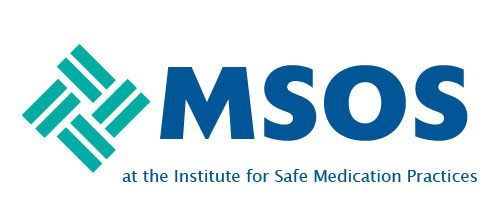Hello,
We are an integrated medical center with an embedded children's hospital including pediatric cardiac surgery center and level III NICU. BD Alaris is our primary pump vendor. We have historically used syringe pump modules in our ORs and for some intermittent syringe infusions (e.g. antibiotics) due to having very few syringe modules allocated to the children's hospital. All other syringe infusions in pediatrics have been given on a a large volume channel using Alaris syringe adapter tubing, including vasoactive infusions. I've been arguing for years that this doesn't make sense given the delivery differences between a peristaltic LVP and a syringe driver pump. At very low rates, like we use in the NICU, we're essentially bolusing vasoactive drips with long pauses in between. I can't find many resources describing this or any outcome evidence. I've been reference trumpet curves to illustrate the point. These haven't been convincing enough to justify the significant investment in a fleet of syringe pumps.
Does anyone have any expertise or go-to references to make the case for using actual syringe pumps to deliver low rate critical infusions or is this an academic issue that isn't a problem in clinical practice?
Thank you!
Lauren

